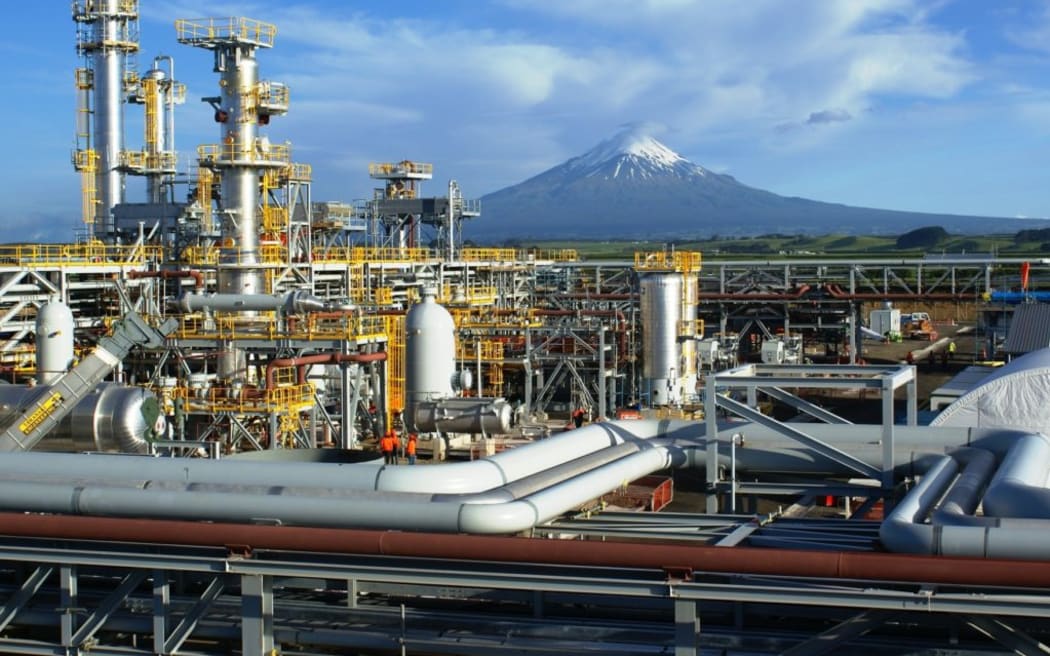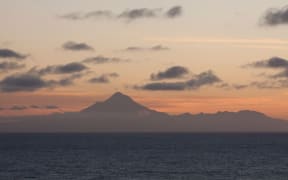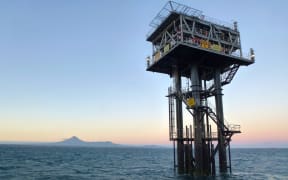
Photo: Beach Energy
The Environmental Protection Authority is under fire for not insisting that a leaking oil and gas well off the coast of Taranaki be formally abandoned and made safe.
The Kupe South-2 well has been leaking gas since 2018. Climate Justice Taranaki says its owner - Beach Energy - should be forced to stop the leak rather than being given consents to drill new wells.
It took five years, two official information requests and a complaint to the Ombudsman to prompt the EPA to reveal KS-2 was leaking "a harmful substance" earlier this year.
It had previously knocked back questions about the well, saying it could prejudice "an ongoing investigation".
It was now in the firing line for not insisting the leak be stopped and the well be formally decommissioned.
Climate Justice Taranaki researcher Catherine Cheung said a report by international oil services company Petrofac, prepared for Beach Energy, spelt out some of the problems at the KS-2 well.
"Petrofac identified several really important issues. The fact that they don't even know what kind of cap is on top of this well and also that they are not sure about the pressure, what sort of pressure is in the well. These are two critical pieces of information we need to deal with the well."
The report - which RNZ obtained via an Official Information Act request - recommended a three-phase abandonment programme, the last of which involved drilling a relief well alongside KS-2 that taps into it, below where it was currently plugged with concrete.
"A drill rig needs to be onsite to drill a relief well and then to abandon it properly, so that it's safe because right now we don't even know if it is safe or not and this is a very old well more than 30 years old."
Cheung said Beach Energy had a rig in New Zealand waters, the Valaris JU-107, capable of doing the job, but it was instead drilling new development wells at Kupe.
EPA general manager compliance monitoring and enforcement Gayle Holmes said although the discharge was assessed as likely "a harmful substance" in 2018, that was no longer conclusive.
She said Beach Energy had obtained four EPA rulings allowing it to install monitoring equipment at KS-2, but acknowledged this had not been operational since June due to equipment failure.
"The EPA considers the discharge currently to be a matter of well integrity and has communicated this to WorkSafe."
In an internal WorkSafe email in 2018, head of the high hazards unit Tony Hetherington predicted this turn of events.
"If they [the EPA and Maritime New Zealand] do not have appropriate remedies available they may approach us to consider using powers we have to ensure well integrity.
"We are seeking advice to clarify if this remedy would be appropriate when there is no risk to people, the risk being to the environment."
Petrofac saw more risk. Its basic relief well plan for KS-2 said in the "highly unlikely scenario" of a loss of well control, both gas and associated condensate would be released.
"Gas is expected to be almost immediately lost to the atmosphere as it reaches the water surface. The gas will pose a significant explosion hazard close to the release site."
In a statement, WorkSafe said it now considered further analysis and monitoring to be a reasonable approach to the situation at KS-2 at this stage. It said any further information that identified a change in the status quo, would be considered and the most appropriate action to take.
Beach Energy, meanwhile, said the discharge from KS-2 was "very minor to the point of being almost undetectable" and its regular monitoring procedures complied with EPA requirements. It had no plans to divert the Valaris JU-107 to KS-2.
"Beach and its joint venture partners will decommission KS-2 along with the other wells in the Kupe field at the end of field life. We anticipate this to occur from the mid-2030s."
That was cold comfort to Cheung.
"We think the EPA should exercise its authority. Beach Energy is allowing a discharge without a consent from this well and it needs to be fixed - something has got to be done, they need to fix this well."
The EPA said it continued to monitor the situation.




